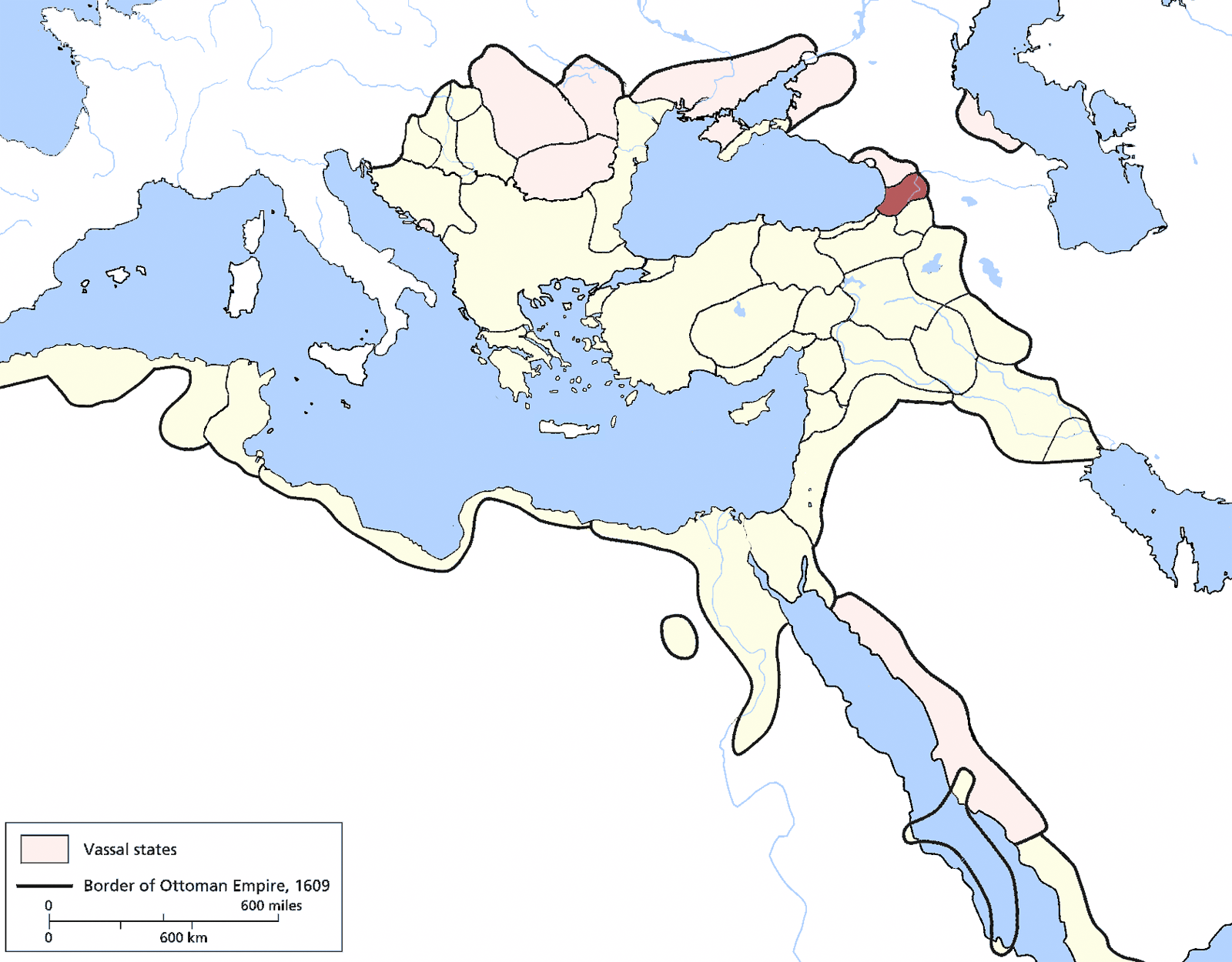
Childir Eyalet
The Eyalet of Childir[1] (Ottoman Turkish: ایالت چلدر, romanized: Eyālet-i Çıldır)[2] or Akhalzik[3][nb 1] was an eyalet of the Ottoman Empire in the Southwestern Caucasus. The area of the former Çıldır Eyalet is now divided between Samtskhe-Javakheti and the Autonomous Republic of Adjara in Georgia and provinces of Artvin, Ardahan and Erzurum in Turkey. The administrative center was Çıldır between 1578 and 1628, Ahıska between 1628 and 1829, and Oltu between 1829 and 1845.
History[edit]
Samtskhe was the only Georgian principality to permanently become an Ottoman province (as the eyalet of Cildir).[4] In the eighty years after the Battle of Zivin, the region was gradually absorbed into the empire.[4]
The Ottomans took the Ahıska region from the Principality of Meskheti, a vassal state of Safavid dynasty. In 1578, when the new province was established, they appointed the former Georgian prince, Minuchir (who took the name of Mustafa after converting to Islam) as the first governor.[5] This eyalet expanded after taking the Adjara region from the Principality of Guria in 1582. From 1625 onwards the entire eyalet was a hereditary possession of the now-Muslim Jaqeli atabegs of Samtskhe,[4] which administered it as hereditary governors, with some exceptions, until the mid-18th century.[5] After 1639, the Jaqeli Pashas of Childir were charged with reining in the kings of Imereti.[6]
During the Russo-Turkish War (1828–1829), Russians occupied much of the province. The administrative centre was moved from Akhaltsikhe, which was ceded to Russia, to Oltu.
By the Treaty of Adrianople, much of the pashalik was ceded to Russia, and became part of the Russian Akhalzik uezd (district) of Kutaisi Governorate.[3] The remaining, smaller inner part was united with the eyalet of Kars (later part of Eyalet of Erzurum) in 1845 and its coastal areas were united with Trabzon Eyalet in 1829.[7]
Sanjaks of the Eyalet in the 17th century:[9]